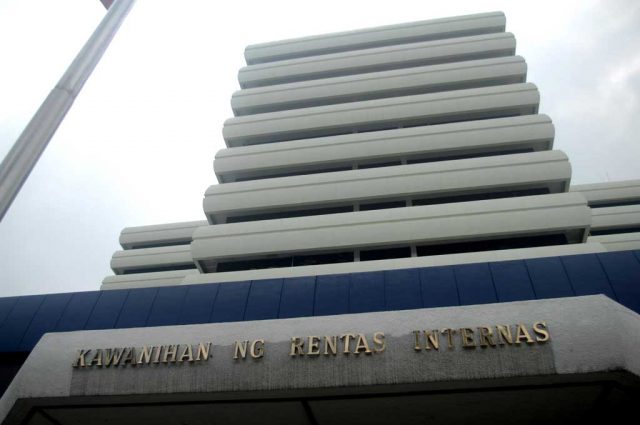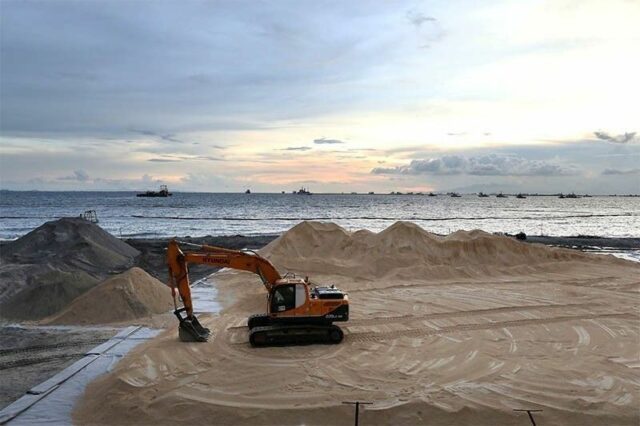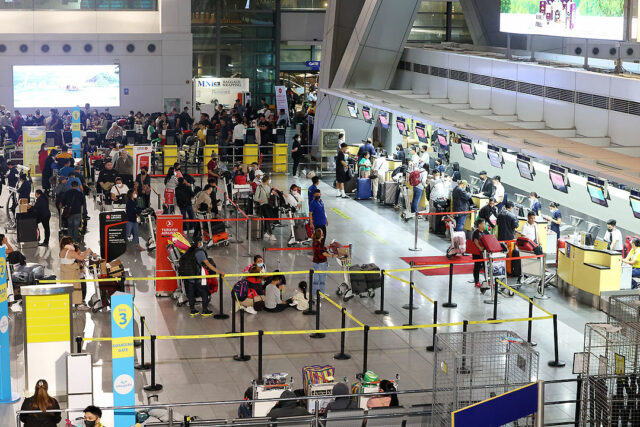DBM confident debt-to-GDP ratio will dip below 60% by 2026
THE Department of Budget and Management (DBM) said on Thursday that revenue measures and fiscal reforms in the pipeline are likely to bring the debt-to-gross domestic product (GDP) ratio down to 60% by 2026.
While the government expects its borrowing to hit over P17 trillion next year, it is confident that the debt-to-GDP ratio will decline to 60% by 2026 based on current revenue projections and the passage of a number of economic reform bills, Budget Undersecretary Joselito R. Basilio said at a Palace briefing on the proposed National Expenditure Program for 2025.
A debt-to-GDP ratio of 60% is the rule-of-thumb maximum sustainable debt load for developing countries, according to international development banks.
Central banks are expected to pursue rate cuts after making significant gains against inflation, potentially lowering the Philippines’ interest payments on external debt, Mr. Basilio added.
Finance Secretary Ralph G. Recto has said that the government will wait on rate cuts from the Federal Reserve and the Bangko Sentral ng Pilipinas before embarking on new external borrowing next year.
“We’re waiting for the Fed to reduce interest rates, and I think our central bank, will also reduce policy rates,” he said on the sidelines of a Senate hearing.
The National Government set its borrowing program for 2025 at P2.55 trillion, 0.97% lower than the P2.57 trillion planned for this year, with gross domestic borrowing set at P2.04 trillion and gross external borrowing at P507.41 billion.
Government debt hit a record P15.35 trillion at the end of May, according to the Bureau of the Treasury, citing the impact of the weaker peso.
The Philippine Development Plan 2023-2028 sets a target of a 3% deficit-to-GDP ratio and a debt-to-GDP ratio of 48-53%.
The government expects tax collections for 2025 to hit P4.3 trillion, of which P3.2 trillion is expected to be generated by the Bureau of Internal Revenue.
About P1.064 trillion will come from the Bureau of Customs, a level of contribution which Mr. Basilio described as unprecedented.
Non-tax revenue and privatization proceeds, meanwhile, are expected to hit P210.8 billion and P101 billion, respectively.
Fiscal analysts have noted that President Ferdinand R. Marcos, Jr. outlined programs that require massive funding in his third address to Congress last month, but failed to say how the government aims to boost funding.
The National Government borrows from both foreign and domestic lenders to fund its budget deficit as it spends more than its revenues to support infrastructure projects and boost economic growth. The budget deficit in the January-May period widened 24.06% to P404.8 billion.
Diwa C. Guinigundo, a former central bank deputy governor, said in a Viber message that if borrowing is not translated into growth, “debt servicing could divert public money away from supporting more infrastructure and productive activities.”
“Our debt levels (will) eventually (decline) to what we are targeting. So it will be less than 60% of our level of debt, let’s say 60% of GDP by 2026 onwards,” Mr. Basilio said.
“And it can happen even before that, depending on the performance of the economy and of course revenue collection.”
The proposed taxes on single-use plastics and digital transactions are among the priority measures that both houses of Congress could pass before the midterm elections next year. On the other hand, a measure seeking to reform the pension system for military and uniformed personnel has not been included in the Legislative Executive Development Advisory Council’s priority list released in July.
“Our debt-to-GDP ratio has been going down, and with our fiscal consolidation, we are expecting that it will further go down,” Budget Secretary Amenah F. Pangandaman said at a briefing on the proposed 2025 national budget.
The Executive Branch proposed a P6.352 trillion for 2025, with Ms. Pangandaman noting efforts to “decrease the deficit and at the same time maximize whatever revenue that we have.”
Mr. Basilio, meanwhile, said government spending for the first half of 2024 was 14% higher compared to the same period last year, exceeding the Development Budget Coordination Committee projection.
The slower economic growth during the second quarter of 2023 has been largely blamed on slow government spending.
Mr. Basilio said government spending is being driven by the Road Infrastructure Network Program of the Department of Public Works and Highways, the modernization program of the Armed Forces of the Philippines, service enhancements by the Department of Social Welfare and Development, and spending by the Commission on Elections for the local and national elections next year. — Kyle Aristophere T. Atienza

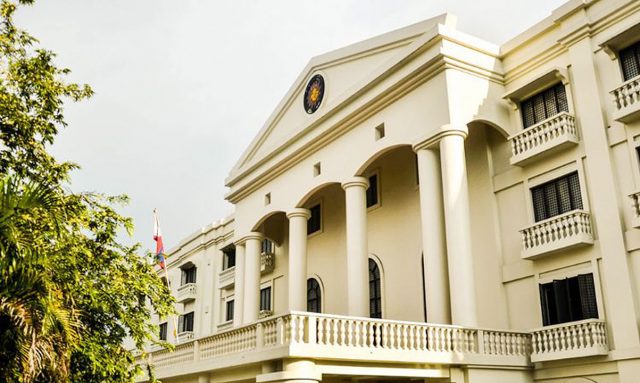
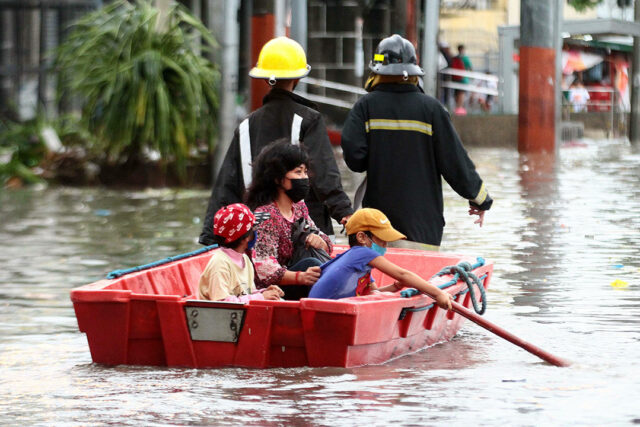
 “We are inviting the private sector partners, business people and leaders, development partners, and our local government units to partner with us in building a better Philippines,” he added.
“We are inviting the private sector partners, business people and leaders, development partners, and our local government units to partner with us in building a better Philippines,” he added.



